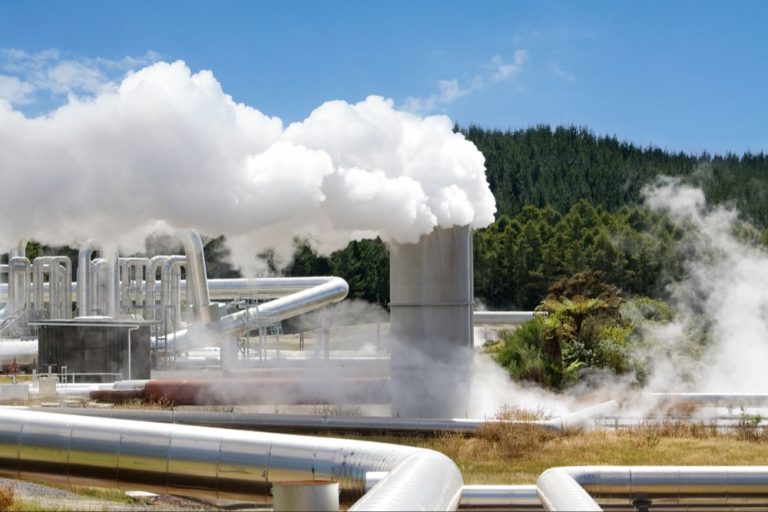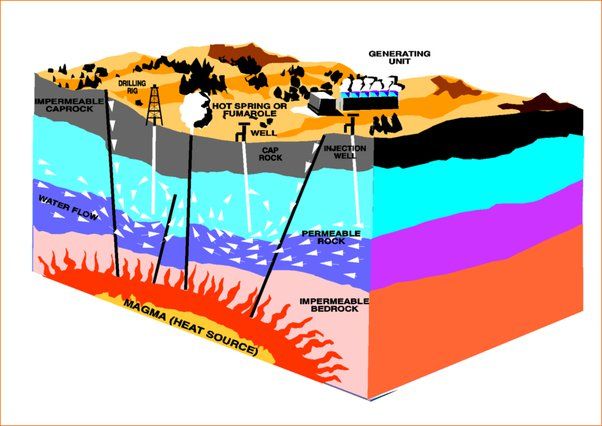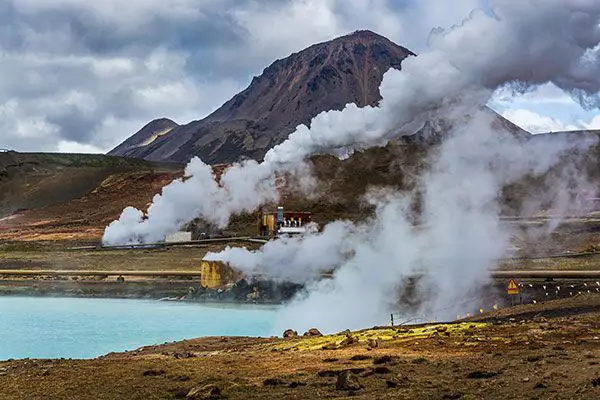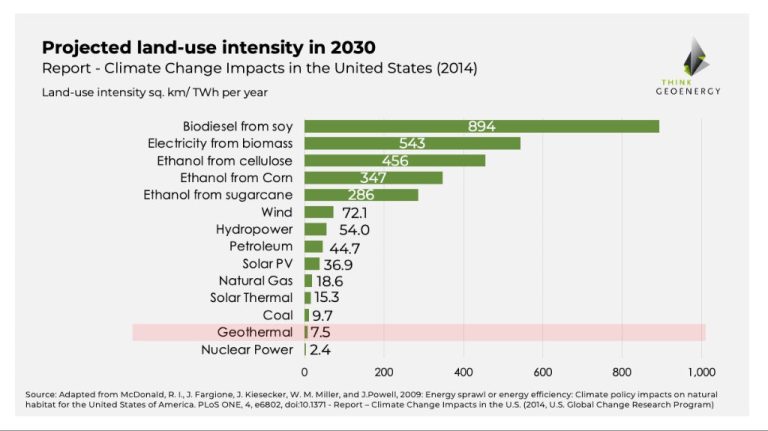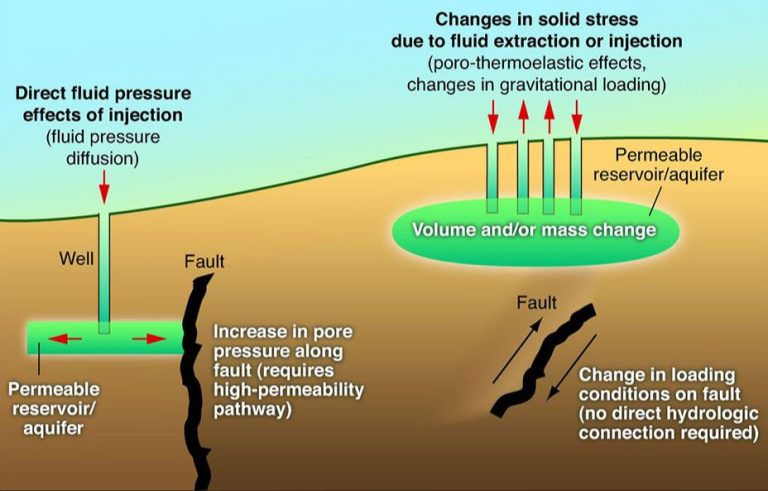Which Is More Efficient Geothermal Or Solar?
With rising energy demands and increasing concern over carbon emissions, many countries are looking to expand renewable energy sources. Two popular renewable options are geothermal and solar power. Both offer clean alternatives to fossil fuels, but have different advantages and limitations when it comes to efficiency. This article compares the efficiency of geothermal and solar energy to help determine which may be better suited for large-scale energy production.
Definitions
Geothermal energy is energy generated from heat stored in the Earth. It is a renewable source of energy that takes advantage of the constant temperature below the Earth’s surface to produce steam or heated fluids that can then be used to generate electricity.
There are three main types of geothermal energy systems:
- Direct use and district heating systems use geothermal energy directly for heating buildings or industrial processes.
- Electricity generation plants extract hot water or steam from geothermal reservoirs to power turbines and generate electricity.
- Geothermal heat pumps use stable ground or water temperatures near the Earth’s surface to control building temperatures above ground.
Geothermal energy production does not burn fossil fuels to generate power, reducing greenhouse gas emissions. The geothermal reservoir of hot water or steam is replenished naturally over time, making geothermal a renewable source of energy.
Definitions
Solar energy is the radiant light and heat from the Sun that is harnessed using a range of technologies such as solar heating, solar photovoltaics, solar thermal energy, solar architecture, molten salt power plants, and artificial photosynthesis. Solar technologies are broadly characterized as either passive solar or active solar depending on how they capture, convert and distribute solar energy. Passive solar techniques include orienting a building toward the Sun, selecting materials with favorable thermal mass or light-dispersing properties, and designing spaces that naturally circulate air.
Active solar technologies encompass solar thermal energy, using solar collectors for heating, and solar power, converting sunlight into electricity either directly using photovoltaics (PV), or indirectly using concentrated solar power (CSP).
Efficiency Factors
The efficiency of a power generation system is largely determined by its capacity factor. The capacity factor measures the ratio of the actual output of a power plant over a period of time compared to its potential output if it operated at full nameplate capacity.
The capacity factor accounts for planned and unplanned outages as well as output fluctuations. Geothermal power plants generally have higher capacity factors than solar photovoltaic systems. The typical capacity factor range for geothermal is 74-99%, whereas for solar PV it’s around 25% on average.
The high capacity factor for geothermal comes from the ability to operate continuously, independent of weather conditions or daylight. Geothermal energy is considered a baseload power source. In contrast, solar PV is an intermittent resource limited by weather and the day/night cycle. However, solar PV capacity factors are improving as panel efficiencies increase.
The higher capacity factor translates to greater productivity and reliability for geothermal power generation. More energy can be produced from the same installed capacity of geothermal compared to solar PV because of the higher capacity factor.
Efficiency Factors
One important efficiency factor to consider is the degradation rate of the systems over time. Both solar panels and geothermal systems can lose efficiency as they age and degrade.
Solar panels will naturally degrade over time, losing around 0.5-1% of their efficiency per year as the materials break down in sunlight. The rate of degradation depends on panel quality, weather conditions, and proper maintenance. After 25-30 years, solar panels may operate at only around 80% of their original rated capacity. Proper maintenance like cleaning can help minimize efficiency losses.
Geothermal systems can also lose heat transfer efficiency over decades of use as the underground loops or reservoirs degrade. However, geothermal heat pumps tend to have fairly stable year-to-year performance if the ground loop system is designed and installed correctly. The underground piping can last over 50 years with minimal maintenance. The heat pump units themselves will need replacement every 10-25 years.
Overall, geothermal systems tend to have a slower degradation rate and longer total lifespan than solar panels. But both technologies may need component replacements and upgrades over decades of operation to maintain optimal efficiency.
Efficiency Factors
One of the most important factors when comparing the efficiency of energy sources is the levelized cost. Levelized cost represents the overall cost per megawatt hour (MWh) of building and operating an energy plant over its lifetime. It includes the costs of constructing the plant, fuel, maintenance, tax credits, government incentives, and the cost of borrowing money over the project’s lifespan.
For utility-scale geothermal power plants, the estimated levelized cost ranges from $65 to $111 per MWh. This is competitive with fossil fuels like natural gas and coal. However, geothermal is more location-dependent as it requires specific geological conditions to extract heat from the earth’s crust. Solar photovoltaic (PV) tends to have a higher levelized cost, ranging from $37 to $261 per MWh depending on the location and type of system. But the costs of solar have dropped dramatically in recent years, making it cost-competitive with traditional energy sources.
When evaluating the full lifetime costs of energy production, geothermal and solar can be considered efficient and economical sources. But geothermal may have an advantage for baseload power while solar can be easily scaled. Local conditions like policies, regulations, and resource availability play a major role in determining which energy source is most efficient.
Environmental Impact
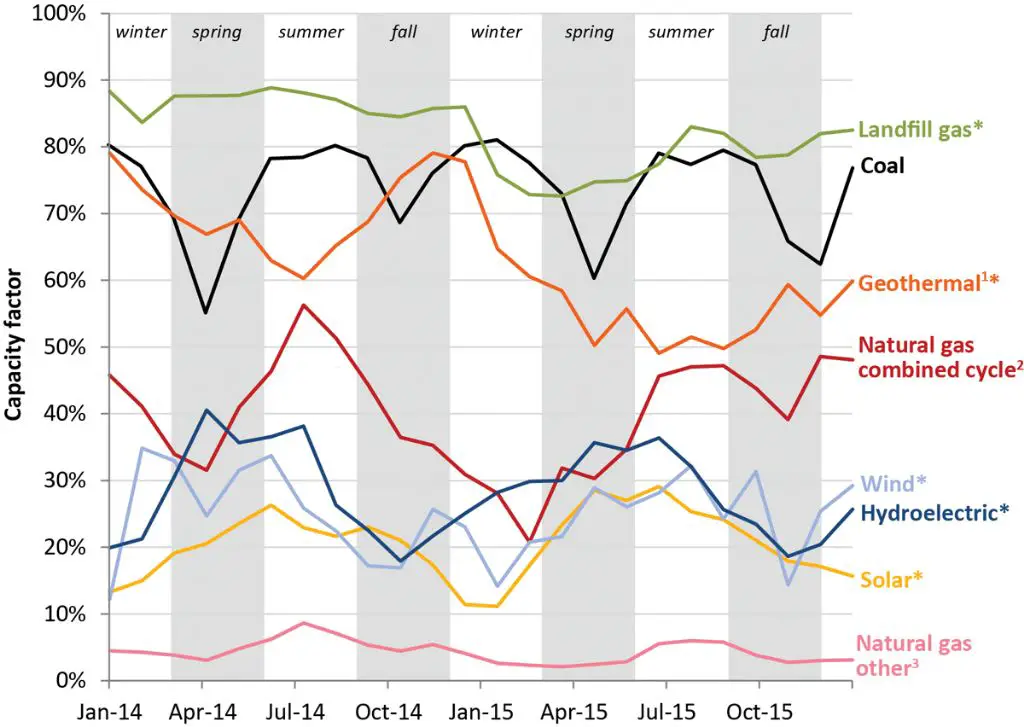
When it comes to land use, geothermal energy has a smaller footprint compared to solar. Geothermal plants are relatively compact, with the average plant using less than 1 square mile of land. This includes the power plant itself as well as any drilling operations. In contrast, solar farms can occupy hundreds or even thousands of acres of land. The large land requirements for solar farms have sparked debates in some communities about taking agricultural land out of production.
However, geothermal’s smaller land footprint often comes with more intense localized environmental impacts. Drilling geothermal wells can lead to subsidence, the gradual sinking of land. And geothermal fluids contain high mineral content, which must be disposed of carefully to avoid contaminating soil and water sources. Meanwhile, solar has minimal impacts after installation and requires little ongoing maintenance or intervention.
Overall, geothermal uses less total land but its land impacts tend to be more concentrated and severe. Solar’s land impacts are more dispersed but less disruptive in any given location. Site-specific factors play a major role in determining the land use impacts of both technologies. Proper siting, mitigation strategies, and community engagement can help minimize the land footprint for any new energy project.
Environmental Impact
When it comes to environmental impact, one area where solar and geothermal differ significantly is their use of water. Geothermal power plants use water for cooling and to pump geothermal fluids through the system. This can total millions of gallons of water per day for a large geothermal plant. This high water usage is a downside of geothermal in areas where water scarcity is an issue.
In contrast, solar photovoltaic panels do not require any water to generate electricity. The PV process is water-free, giving solar an advantage in arid climates or regions prone to droughts. This makes solar power highly valuable as a sustainable energy source in water-stressed parts of the world.
Overall, geothermal’s high water requirements can limit its viability in certain areas, while solar PV offers a water-free renewable energy solution. When comparing environmental impacts, water usage is a key metric to evaluate.
Conclusions
Based on the analysis, it appears that geothermal energy has slightly higher efficiency compared to solar power. Geothermal plants can operate at capacity factors over 90%, meaning they produce electricity over 90% of the time. In contrast, solar panels only generate power when the sun is shining, giving them capacity factors around 20-30%.
However, both renewable energy sources have extremely low emissions compared to fossil fuels. Solar and geothermal help combat climate change by displacing carbon-intensive electricity generation. And the costs of solar and geothermal continue to decrease.
In summary, while geothermal may be slightly more efficient, both technologies play an important role in transitioning our energy system to be more sustainable. The ideal solution is likely utilizing a diverse mix of renewables including solar, wind, geothermal and more. Continued innovation and adoption of clean energy will lead to a more efficient, resilient and environmentally-friendly electricity grid.
References
Lorem ipsum dolor sit amet, consectetur adipiscing elit, sed do eiusmod tempor incididunt ut labore et dolore magna aliqua. Ut enim ad minim veniam, quis nostrud exercitation ullamco laboris nisi ut aliquip ex ea commodo consequat.
Duis aute irure dolor in reprehenderit in voluptate velit esse cillum dolore eu fugiat nulla pariatur. Excepteur sint occaecat cupidatat non proident, sunt in culpa qui officia deserunt mollit anim id est laborum.

